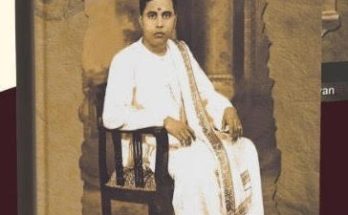By Dheepti J. / Trainee Reporter
Being a newbie to the annual Mylapore Festival, I was very curious to witness the happenings around. It was around 5 p.m. when I entered the festival area. On East Mada Street, beautifully-designed kolam-themed lanterns hung on the roadside welcomed me. They looked appealing in the night when the lights were switched on.
The Food Street on Sundareswarar Street was coming alive. My love for food had brought me here. I stopped by the Brownie stall and ordered one. It was served in a donnai! “Plastics are avoided completely,” said the vendor. Everything was served only in paaku mattais and donnais. Even the waste-bin liner was of cloth.
This seems to be the most popular zone. I enjoyed watching the people around. Many teens told me that they look forward to the festival to have a get-together. “This happens only once a year in January. So we plan and enjoy to the maximum level,” said Haritha, who was having her favourite pav bhaji. With her were four others, her friends. I shot a snappy video of this group ( you can watch it on the Mylapore Festival FB page)
My next stop was in the temple zone – Kumaraguru Street. It looked like a village bazaar with naked lights hung across hawker stalls in the open. Here, women who are members of Self-Help Groups had a variety of stuff to offer – from cloth bags to fancy jewellery to homemade products.
I turned into Kapaleeswarar East Tank Square Street that borders the temple tank ( there is hardly any water in the tank now(. This is where organic products are on display. The eco corner had medicinal plants, rice varieties, desi cotton, shopper bags made of cloth and more.
I walked into South Mada Street. On the fence of the temple tank, were a series of panels of photos of Mylapore in the 50s and 60s. I saw people excitedly explaining the various photos to their children.
The volunteer here carries a book in which people who possess photos of weddings or social functions shot in Mylapore in the past can jot down their names and Mylapore Times newspaper will make copies of them for the Social History project and also use them for the 2020 Festival exhibition.
The pavement had been turned into a cultural space though the stains of cattle dung and stink of vegetable waste hung in the air.
The evening chaos on the street was a counter-point to the show.
Perhaps, this pavement can now have a cultural life of its own.



